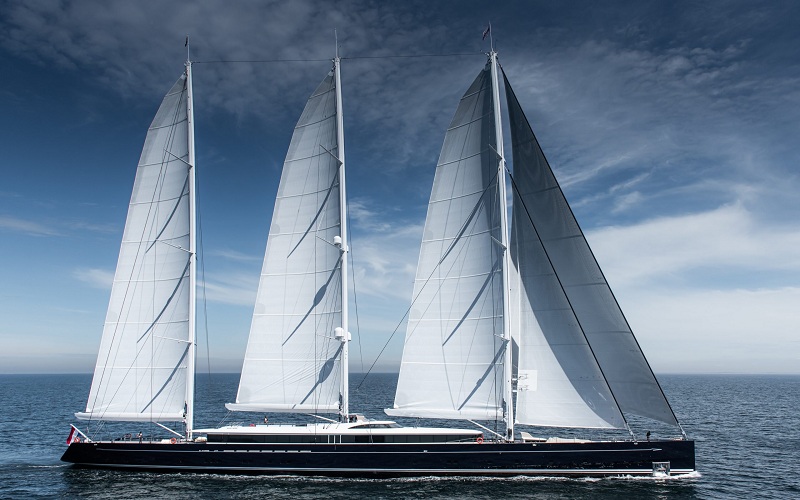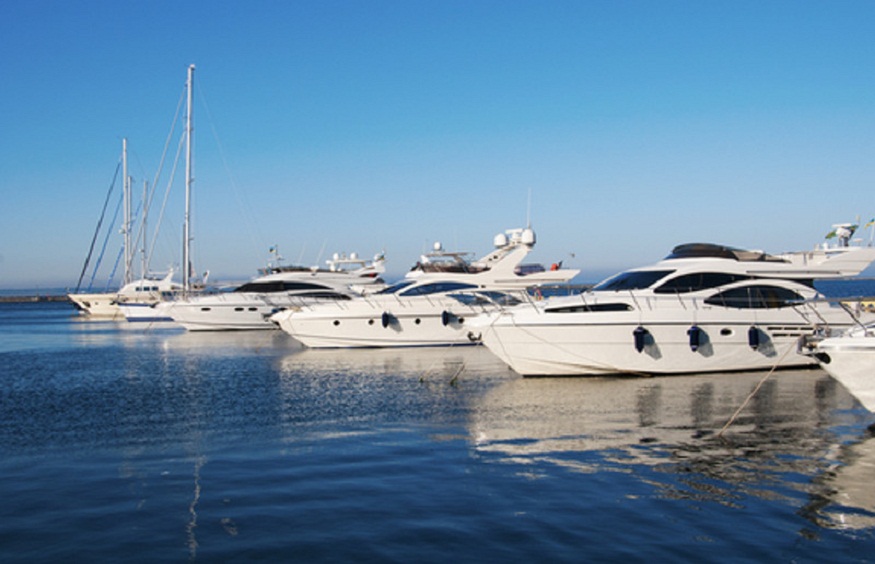Yacht engineering stands at the intersection of luxury, adventure, and technical finesse. From humble wooden vessels to sleek, high-tech marvels, the evolution of yacht engineering reflects humanity’s relentless quest to conquer the seas.
At its core, yacht engineering embodies a meticulous blend of craftsmanship and innovation. Advanced computer-aided design (CAD) software enables naval architects to sculpt hulls with unparalleled precision, optimizing performance and efficiency. Propulsion systems have evolved from simple sails to complex diesel engines, gas turbines, and hybrid-electric setups, delivering power while minimizing environmental impact.
Materials like carbon fiber and cutting-edge construction techniques ensure that modern yachts are strong, durable, and stunning works of art. Onboard systems rival those of luxury hotels, with state-of-the-art amenities and eco-friendly technologies catering to the demands of discerning clientele.
Yet, yacht engineering has its challenges. Engineers must navigate the unpredictable forces of nature while meeting the exacting standards of luxury and safety. Computational fluid dynamics (CFD) simulations guide the optimization of hull designs, while redundant systems and stability controls ensure the safety of passengers and crew.
Looking ahead, the future of yacht engineering is as exciting as it is vast. From autonomous vessels to underwater exploration yachts, the possibilities are limitless. With each innovation, yacht engineers reaffirm their commitment to pushing the boundaries of luxury, performance, and sustainability on the high seas, shaping the future of maritime travel one masterpiece at a time.



